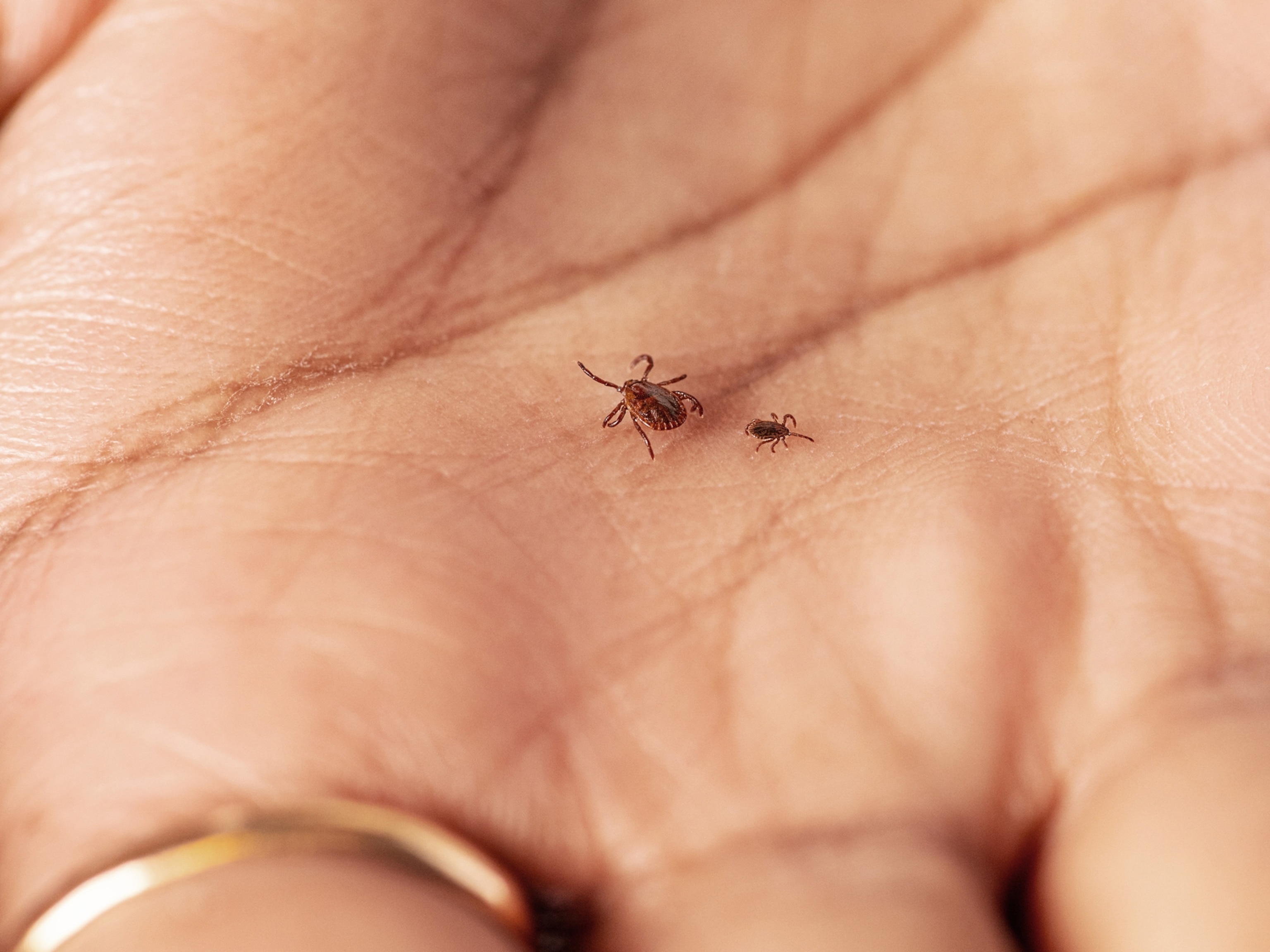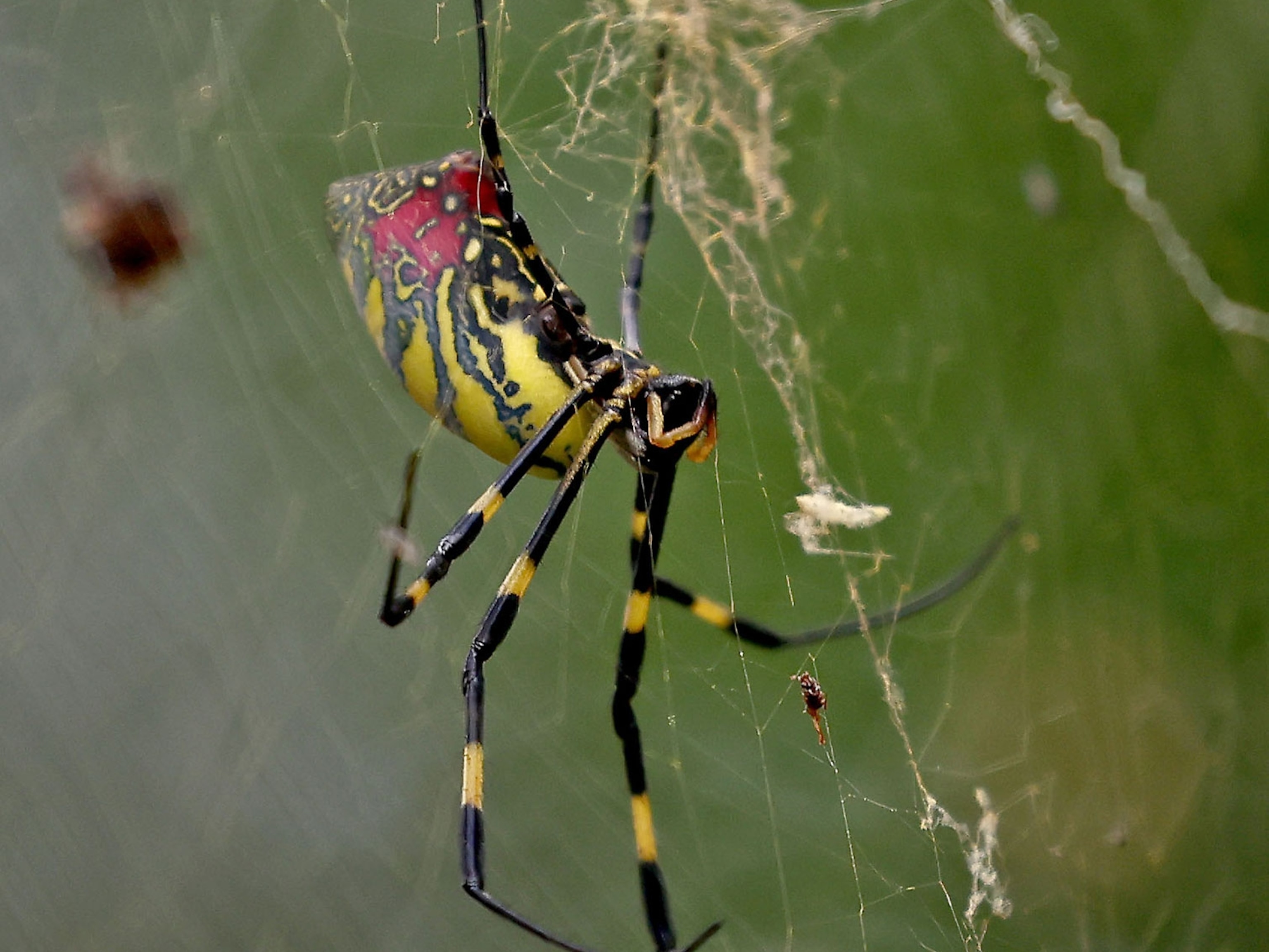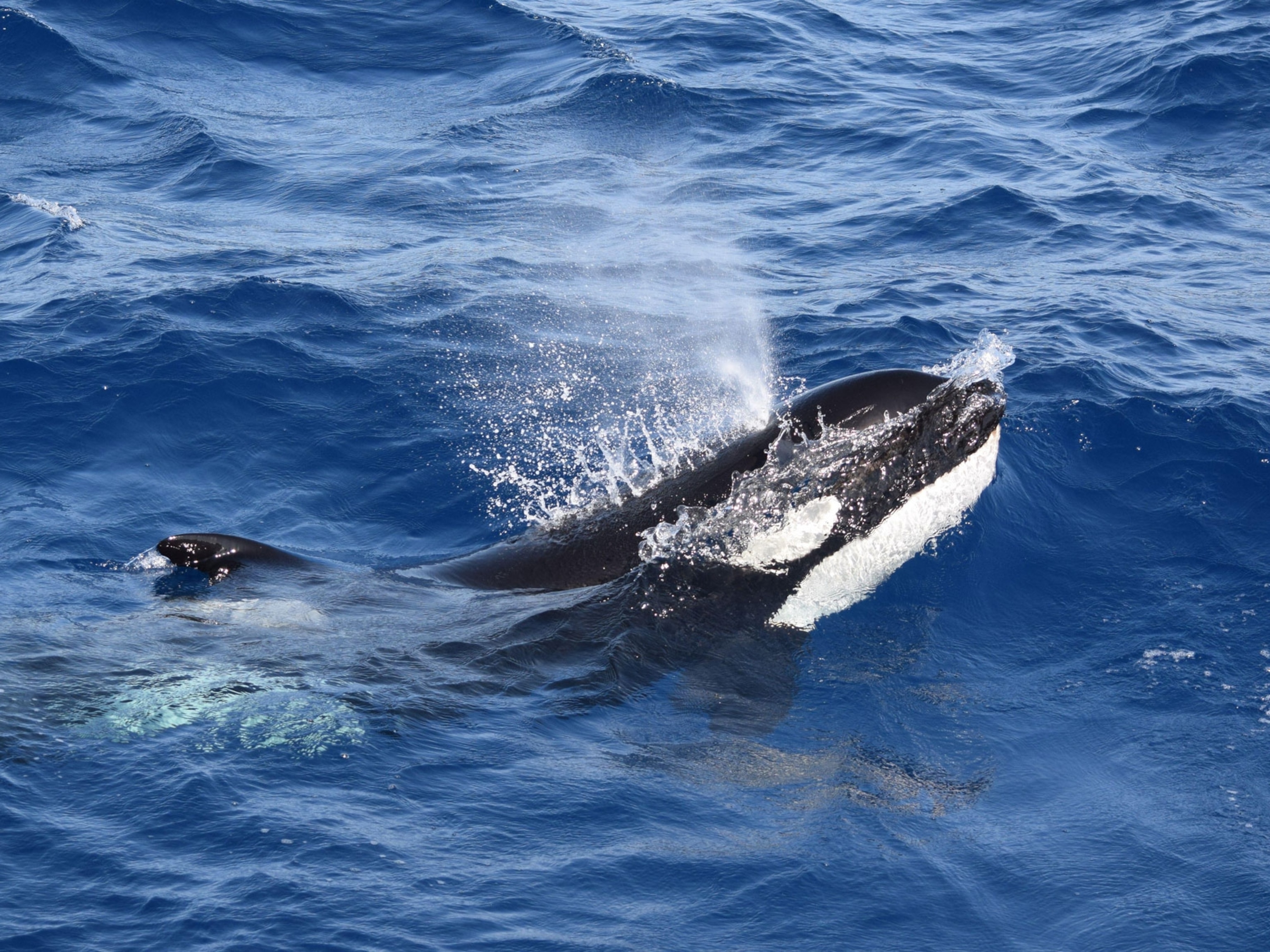
Marine Invasive Species
These Invaders Came, Saw, Conquered—and Destroyed
Aquatic invasive species are plants and animals that evolved in one location and are introduced through a variety of means into another location.
Species have always used the oceans to move about the planet. By swimming or hitching a ride on a log, leaf, or coconut, organisms have found new worlds in which to thrive. But until recently, this process has been moderate, limited by the currents and the winds.
Since humans first took to the seas, though, intrepid stowaways have had ever expanding vehicles for dispersing themselves both faster and farther. The result is an increasing number of ocean ecosystems, primarily near shorelines, that are being compromised or wiped out by non-native species.
What Are They?
An invasive, or non-native, aquatic species can be any organism that exists somewhere in or near water where it doesn't belong. When an alien species like this arrives in a new location, several things can happen: It can find its new habitat unwelcoming and die off; it can survive with little environmental impact; or it can take over, harming the naturally existing wildlife in a variety of ways.
Invasive species that thrive usually do so because their new habitat lacks natural predators to control their population. They do damage mainly by consuming native species, competing with them for food or space, or introducing disease.
One infamous example is the zebra mussel, accidentally introduced by a cargo ship into the North American Great Lakes from the Black Sea in 1988. The tiny mollusk multiplied uncontrollably, starving out many of the Great Lakes' native mussel populations and interfering with human structures from factory intake pipes to ship rudders. They've now spread from Canada to Mexico and are considered a major nuisance species. Hundreds of millions of dollars are spent annually to control their numbers.
How Do They Get There?
Most marine invasive species stow away in ship ballast. Large boats have tanks in their hulls that are filled with seawater to counterbalance cargo weight. Boats draw in water at their loading port, in some cases more than 20 million gallons (75 million liters). When the ship arrives at its destination, it releases the ballast—along with whatever species happen to be inside, from schools of fish to microscopic organisms. And these days, there's plenty of opportunity for hitchhiking species. Some 45,000 cargo ships move more than 10 billion tons of ballast water around the world each year.
Invasive species also hitch rides on the outside of ship hulls and on the millions of tons of plastics and other trash that floats around the globe in ocean currents.
Pets acquired through the aquarium and exotic pet trade—and then released—can become invasive species, as can escapees from aquaculture farms.
And ongoing sea temperature rise caused by global warming is allowing non-native species to populate ocean habitats that were once too cold to be hospitable.
Combating Invasives
To combat invasive species, governments are focusing on how they handle ship ballast. New regulations in a handful of countries require ships to exchange their ballast water while out at sea or treat it to kill stowaway species before they are released.





